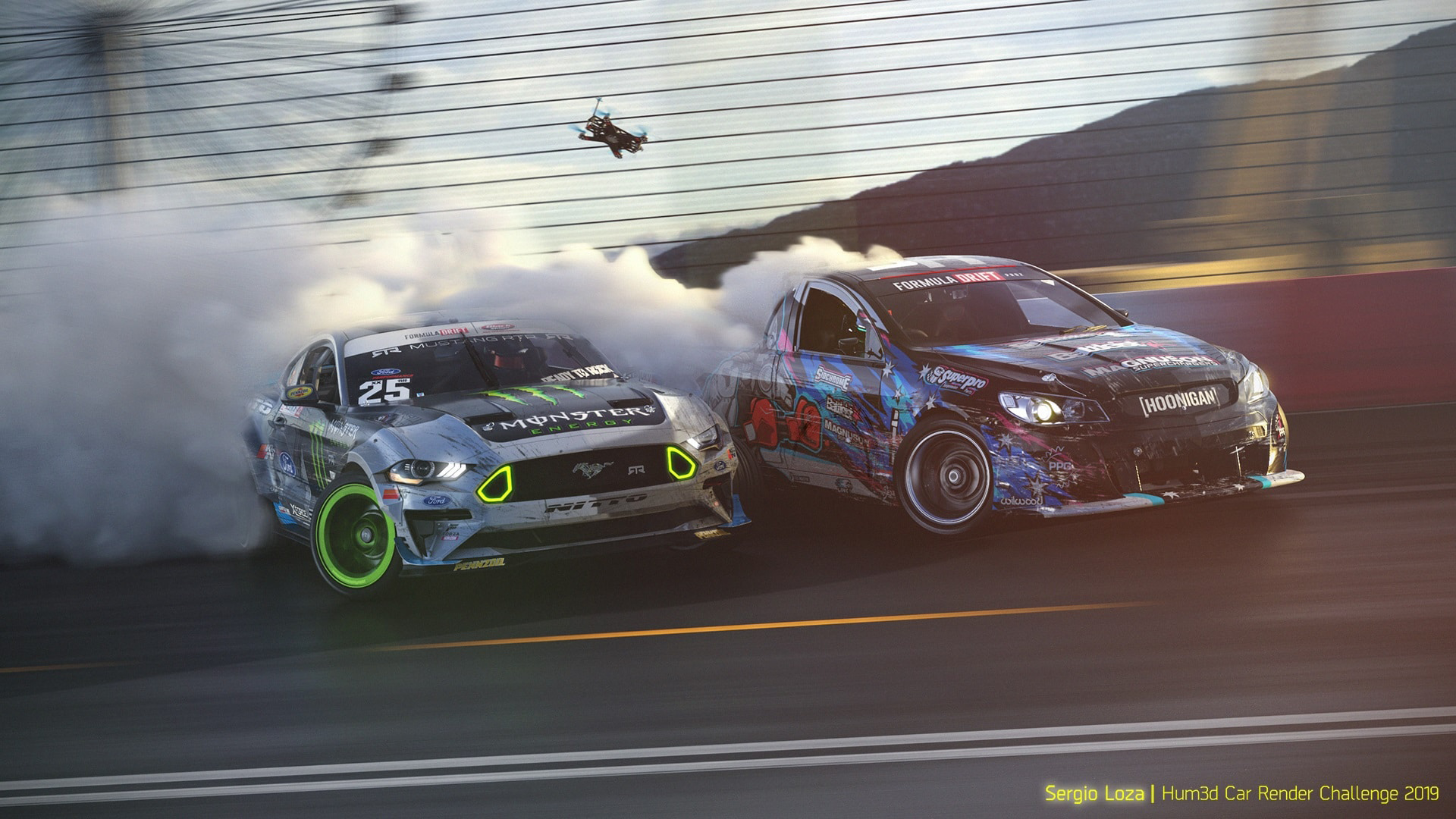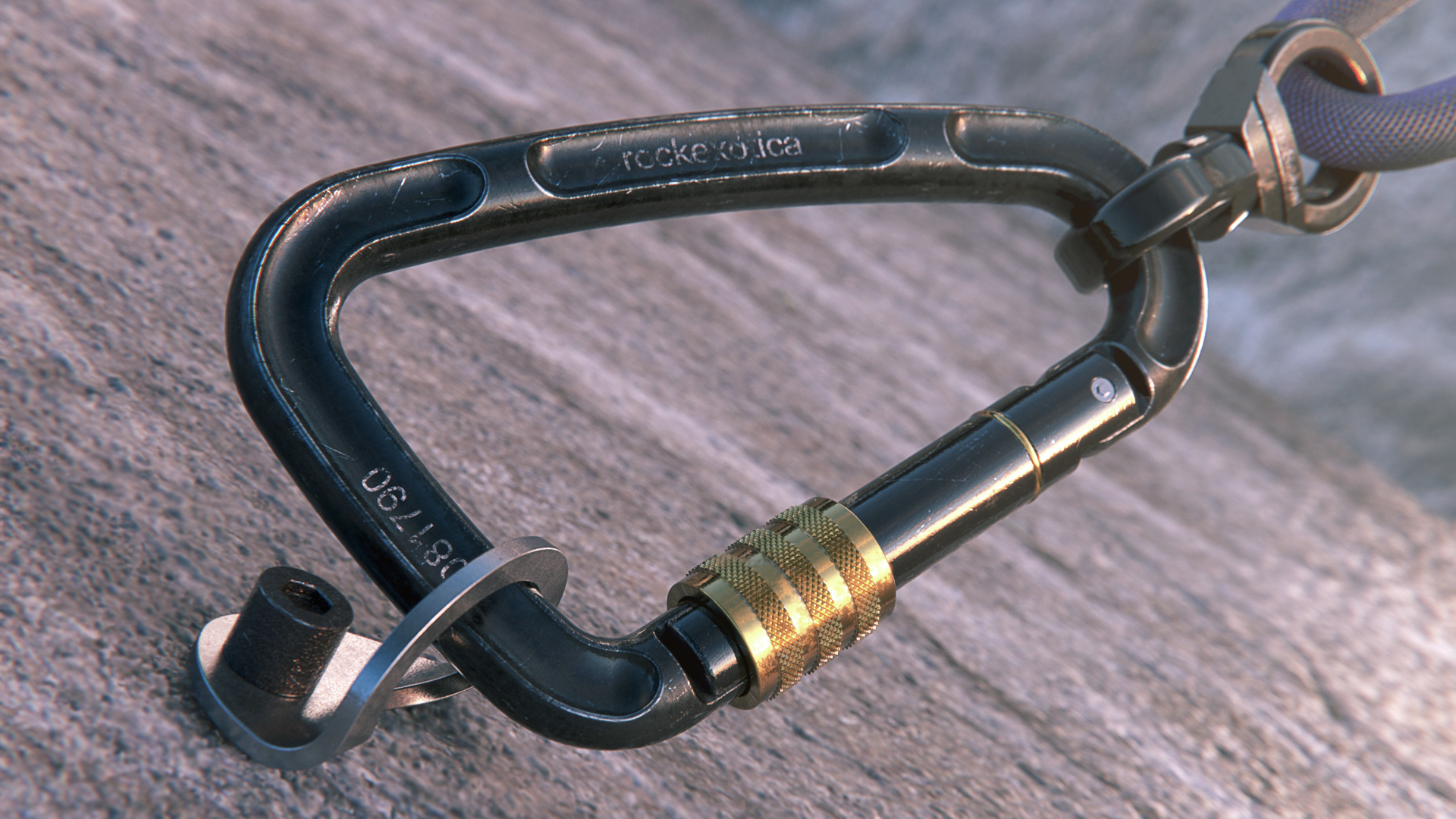November 1, 2022
KeyShot vs Maxwell – Comparative Overview
READ TIME: 3.9 MINS
Rendering Software Compared: KeyShot vs Maxwell
The 3D rendering engine is the key to bringing your ideas from imagination into reality, from prototype to production. There are many types of engines out there (in this case, a V12 vs. a V2), each suited for specific purposes and speeds required by designers who want fast turnaround times or high-quality results, respectively. But no matter which one you use, it’s important to know how they work internally and what type you need. What is your desired outcome?
This article will explore an overview of KeyShot vs. Maxwell and the key features that distinguish the two well-known render engines.

Keyshot is a real-time rendering application that supports CPU, Ray Tracing, and even native support for Apple silicon rendering. It is a closed-source application with a subscription model and provides the option to create animation seamlessly. Moreover, it offers an easy-to-use interface, making it easy to learn and master. Hence, KeyShot is a great rendering tool for anyone who wants to create amazing renderings and animations quickly and easily.

Maxwell Render is a popular rendering engine for 3D artists, specifically in architecture and interior 3D rendering. It was developed by Next Limit Technologies using math and science to produce accurate lighting predictions in every pixel of a scene, without any tricks or bias, so you can be confident that your final product will look just how it should – like reality! It offers both locked and floating subscription licenses with Linux platform support.
Product Rendering: KeyShot vs Maxwell
Both KeyShot & Maxwell offer exceptional 3D renderings and can generally achieve very similar results.
KeyShot is widely known for its use in industrial design, soft goods, apparel, automotive, jewelry, and accessories. With a workflow-based interface, KeyShot is one of the easiest-to-learn and use rendering tools on the market. It boasts 700+ material presents, texture libraries, and, most importantly, KeyShot Cloud—one of the largest online resources for rendering assets and material sharing.
KeyShot is also considered one of the fastest rendering engines on the market. It utilizes 100% of your CPU (the more cores, the faster it renders!), with optional one-click dedicated ray tracing accelerated GPU rendering. Every change you make—material, lighting, geometry—instantly updates in real-time.
KeyShot
Thanks to its real-world-based engine, Maxwell stands out for its exceptional rendering capabilities in architecture, interiors, plants, and animals. Unlike other tools, it avoids confusing computer graphics terms like “radiosity bounces” or “final gathering.” Instead, Maxwell uses familiar settings that mimic real-world cameras and lighting, making it easier to achieve hyperrealistic, physically accurate results nearly indistinguishable from photographs.
However, this approach comes at the cost of slower rendering times.
Regarding overall utility, speed, and ease of use, KeyShot leads the way with a robust feature set, leaving Maxwell struggling to keep up.
Maxwell Render
Winner: KeyShot
Product Animation: KeyShot vs Maxwell
Regarding animation, we can objectively say KeyShot dominates in this area. While it doesn’t provide a full-featured animation suite like some other programs, it has easy-to-use, robust features to animate parts, create walkthroughs, video fly-bys, exploded parts, and material/lighting animations. Best of all, the animations can be easily exported to other programs.
Maxwell, on the other hand, is extremely limited. It has basic lighting dials, a camera, and some object manipulation or rotation.
KeyShot
Maxwell Render
Winner: KeyShot
Pricing, Integration & Innovation: KeyShot vs Maxwell
KeyShot offers a subscription model that returns you slightly more than Maxwell at $1,188. Additionally, several add-ons require a separate purchase if you’d like to expand the functionality. (such as KeyShotWeb & Network Rendering)
Maxwell is also subscription-based, with a bit more flexibility in that department. It offers locked or floating licenses or suites for specific 3D CAD tools. However, the bundle (that includes all plugins/integrations) still costs $845.
Regarding integration, KeyShot seamlessly integrates with virtually every 3D CAD program available, while Maxwell only offers native integration for a few and notably misses many of the major industrial CAD tools. (PTC Creo, SiemensNX, AutoCAD Inventor, etc.) This gives you an idea of what audience Maxwell is targeting.
Beyond that, KeyShot is at the forefront of next-generation features, deploying updates and improvements frequently. It offers full VR support, a web portal for sharing your renderings on the web or in AR, and complete 3MF additive manufacturing exporting.
Winner: KeyShot
KeyShot vs Maxwell: The Clear Winner – KeyShot
With its great 3D renderings, Maxwell may initially appear to be a strong contender in the field; however, it falls short outside basic rendering and animation. Architects and interior renderers might find some value here. Still, for everyone else, KeyShot proves itself as the clear winner thanks to its ease of use and speed stability, along with bonuses such as animation capabilities, multi-faceted shaders, and lighting options (RealCloth™ and particle effects included), plus industry-leading out-of-the-box features!
Why not give a full-featured 14-day trial of KeyShot a try for yourself?
Links to Other Pages
- Tool for 3D Model Viewing – Keyshot Viewer: KeyShot Viewer enables you to view 3D models effortlessly, improving collaboration and design communication with interactive visualizations.
- KeyShot 11: Discover the new features and enhancements in KeyShot 11, offering faster rendering and more powerful tools to elevate your design presentations.
- 3D Render Software & Animation – Keyshot 9.3: KeyShot 9.3 demonstrates how this 3D rendering software improves animation and visualization workflows with advanced features.
- Overview – Keyshot 10: KeyShot 10 features are designed to improve rendering speed, enhance realism, and provide more creative control over your visualizations.
- How KeyShot Rendering Software Works: KeyShot rendering software works to produce high-quality, photorealistic images and animations, streamlining your design visualization process.
TriStar Digital Thread Solutions welcomes questions. Feel free to CONTACT US if you can’t find what you’re looking for, or call us at 800-800-1714
















Leave A Comment